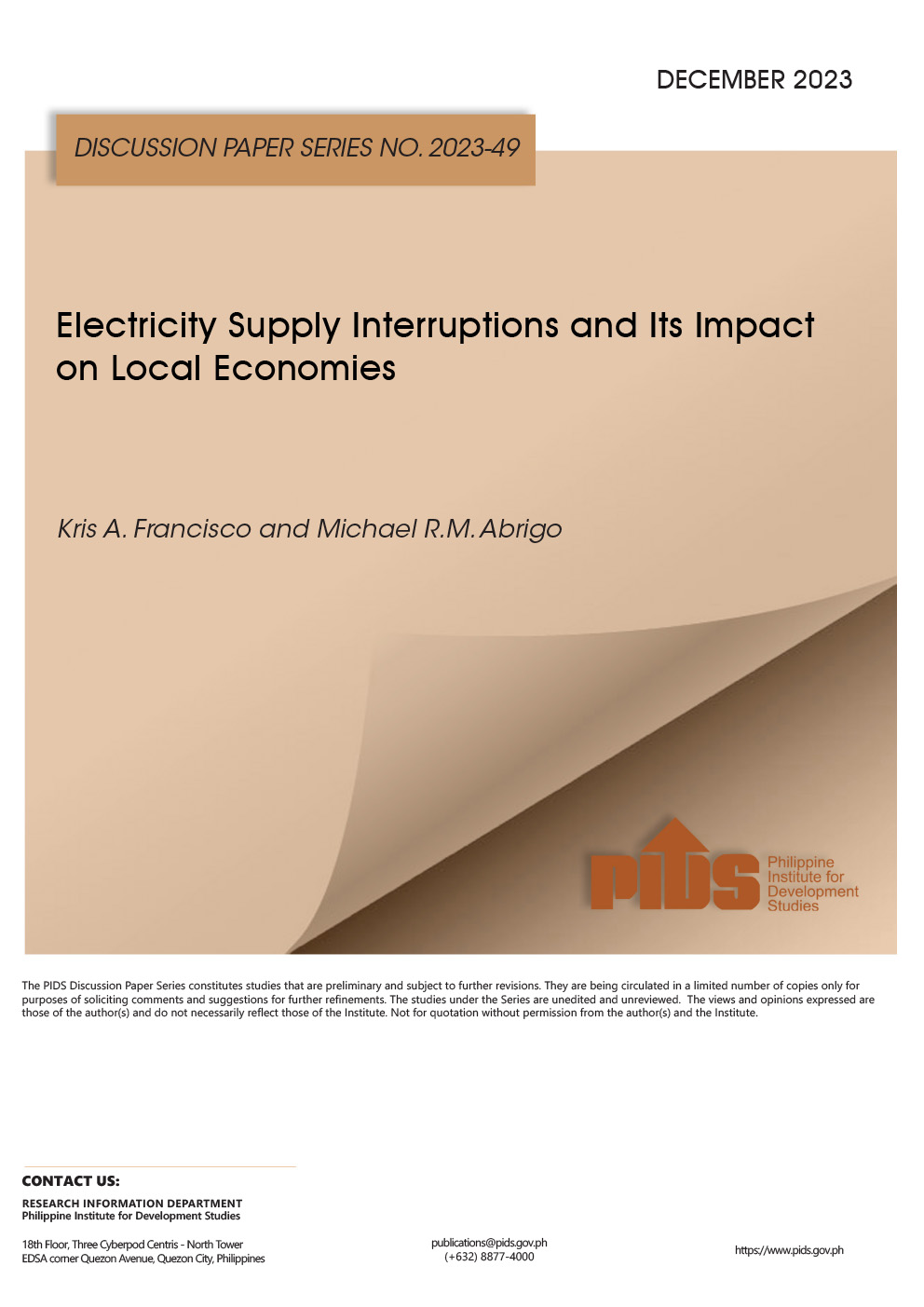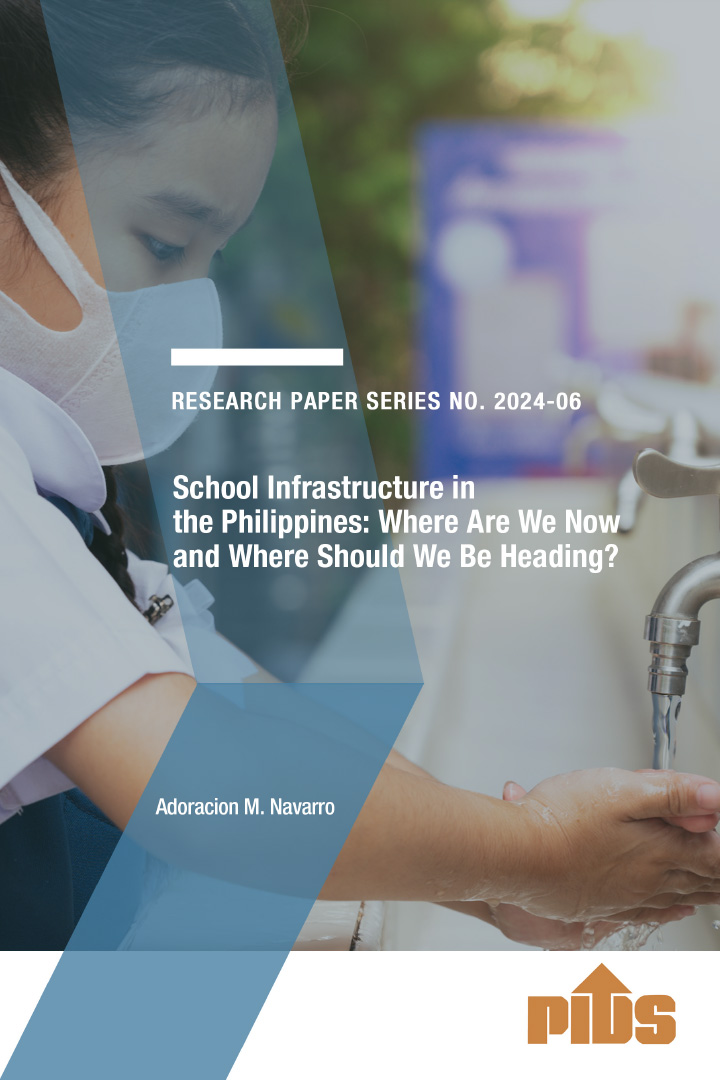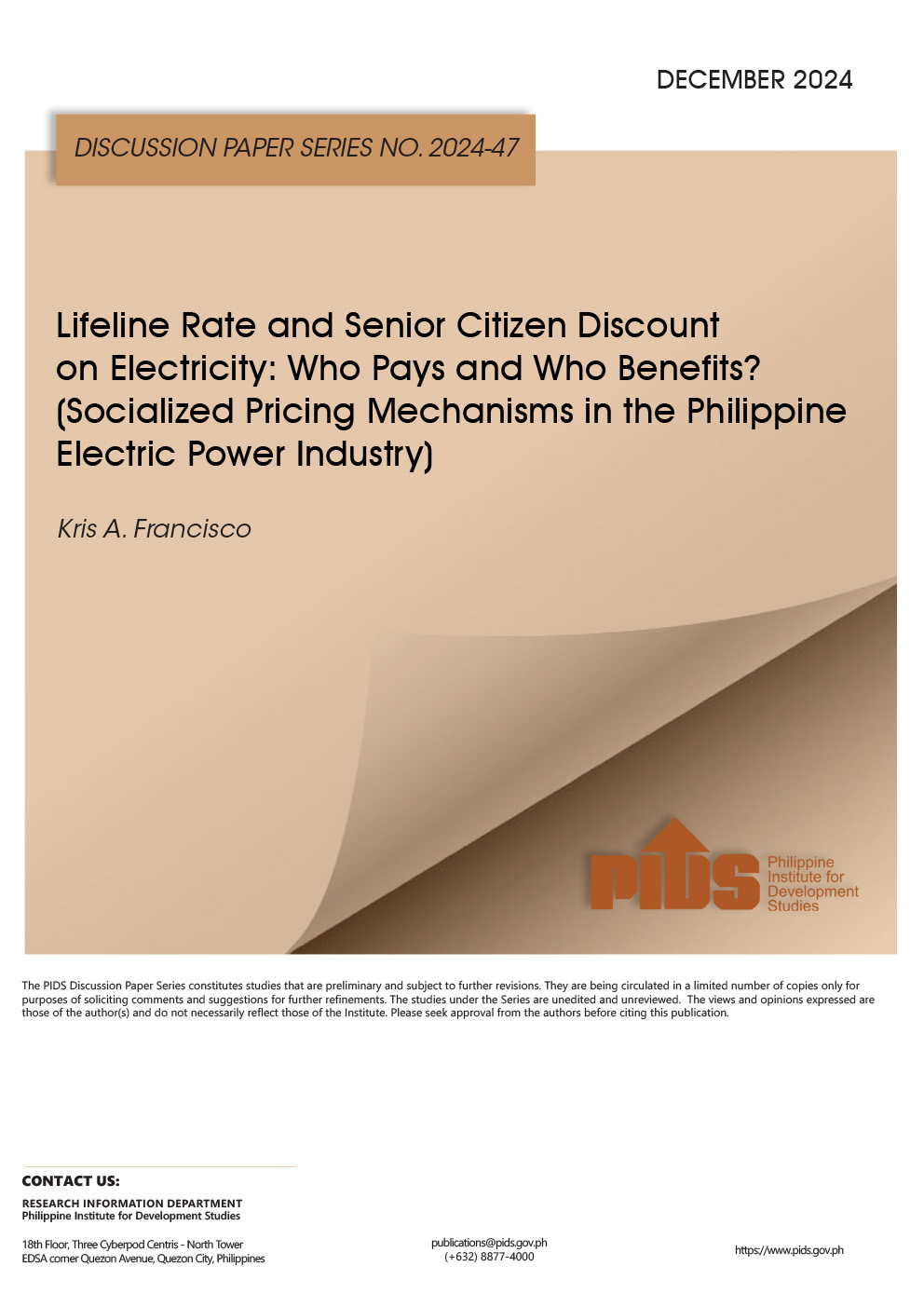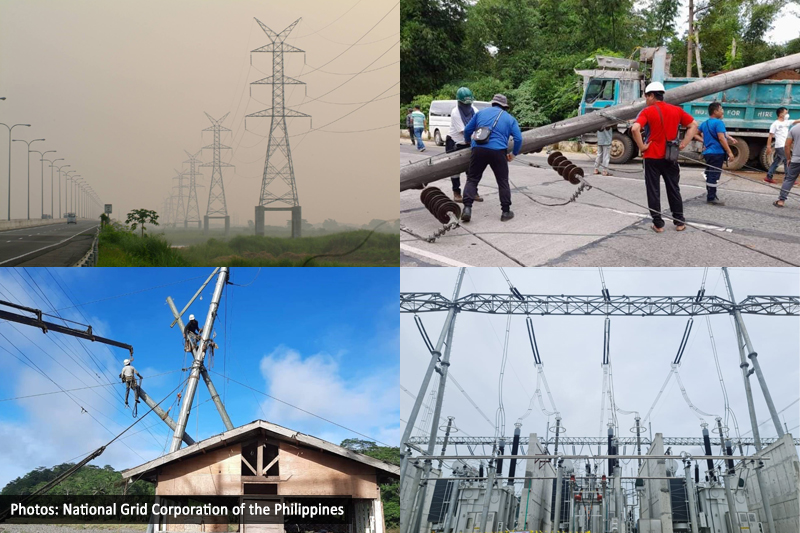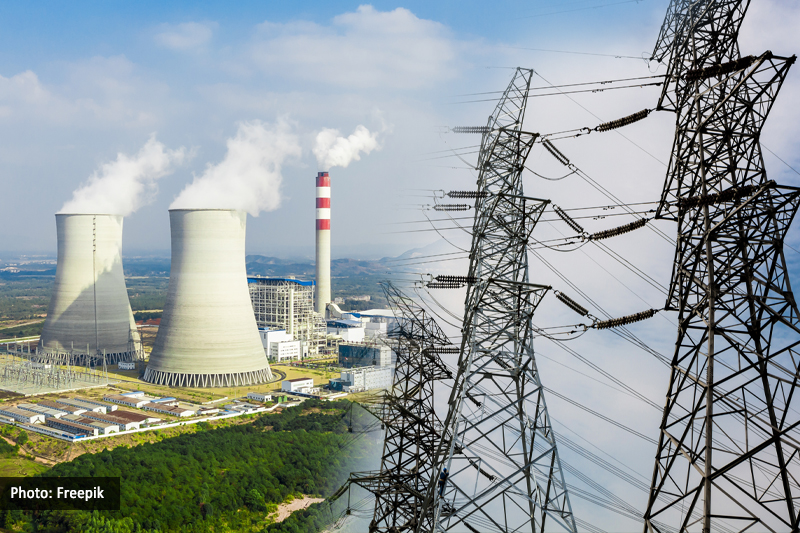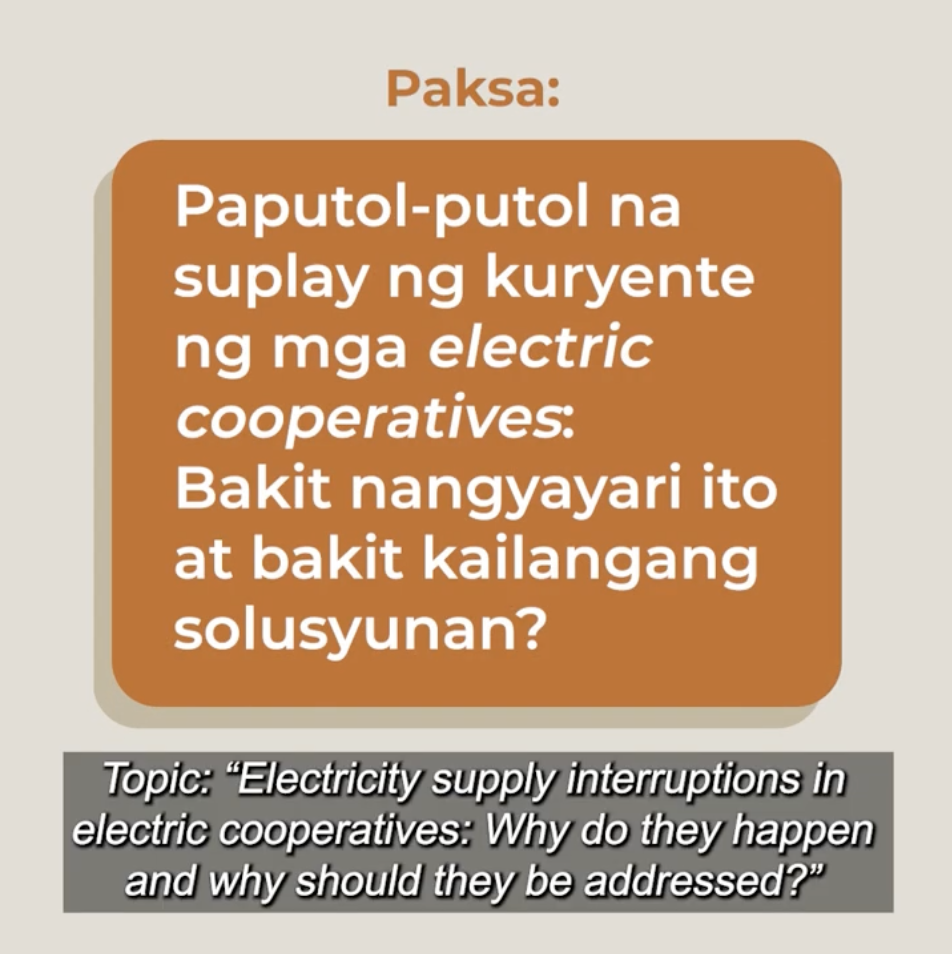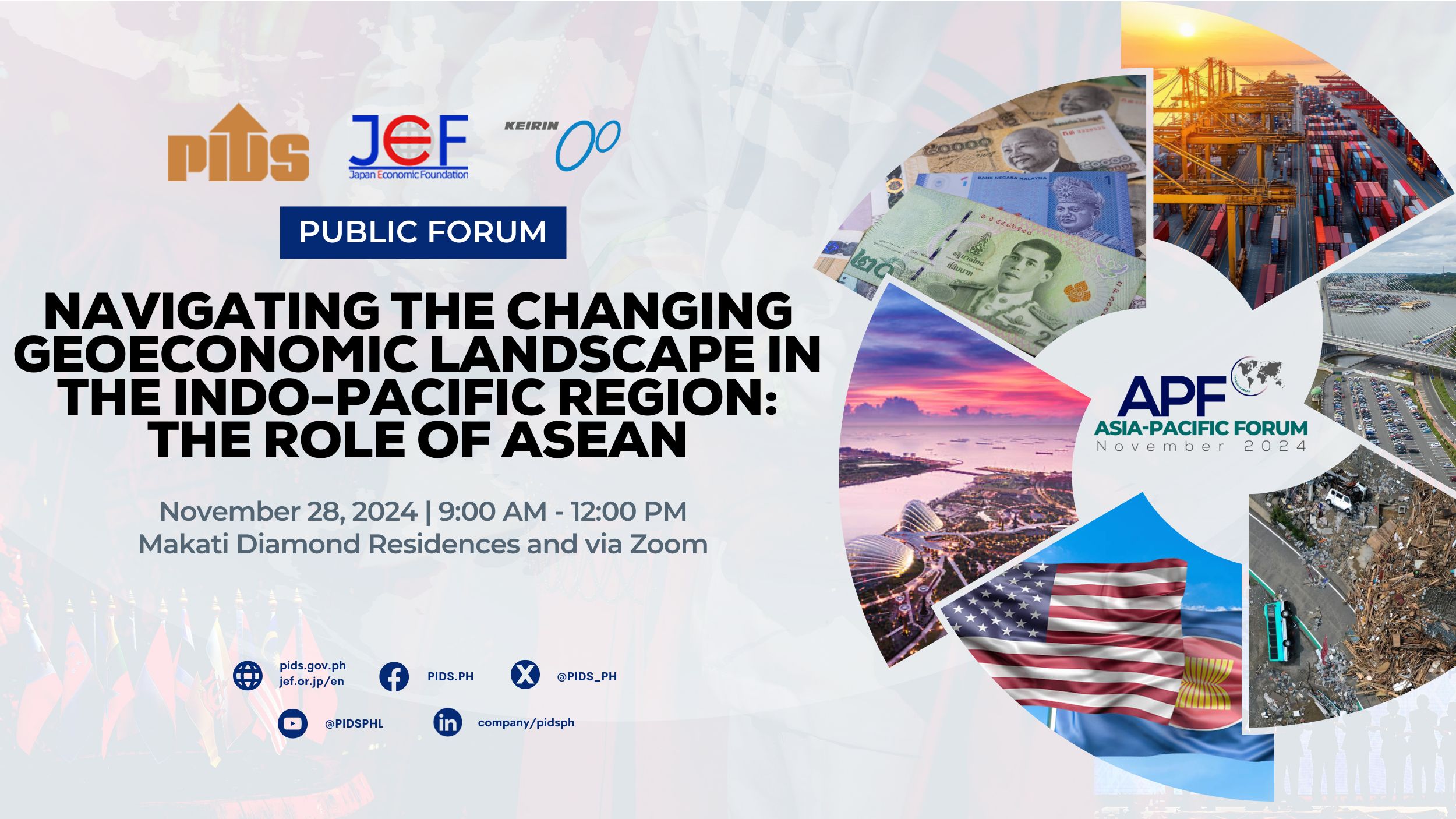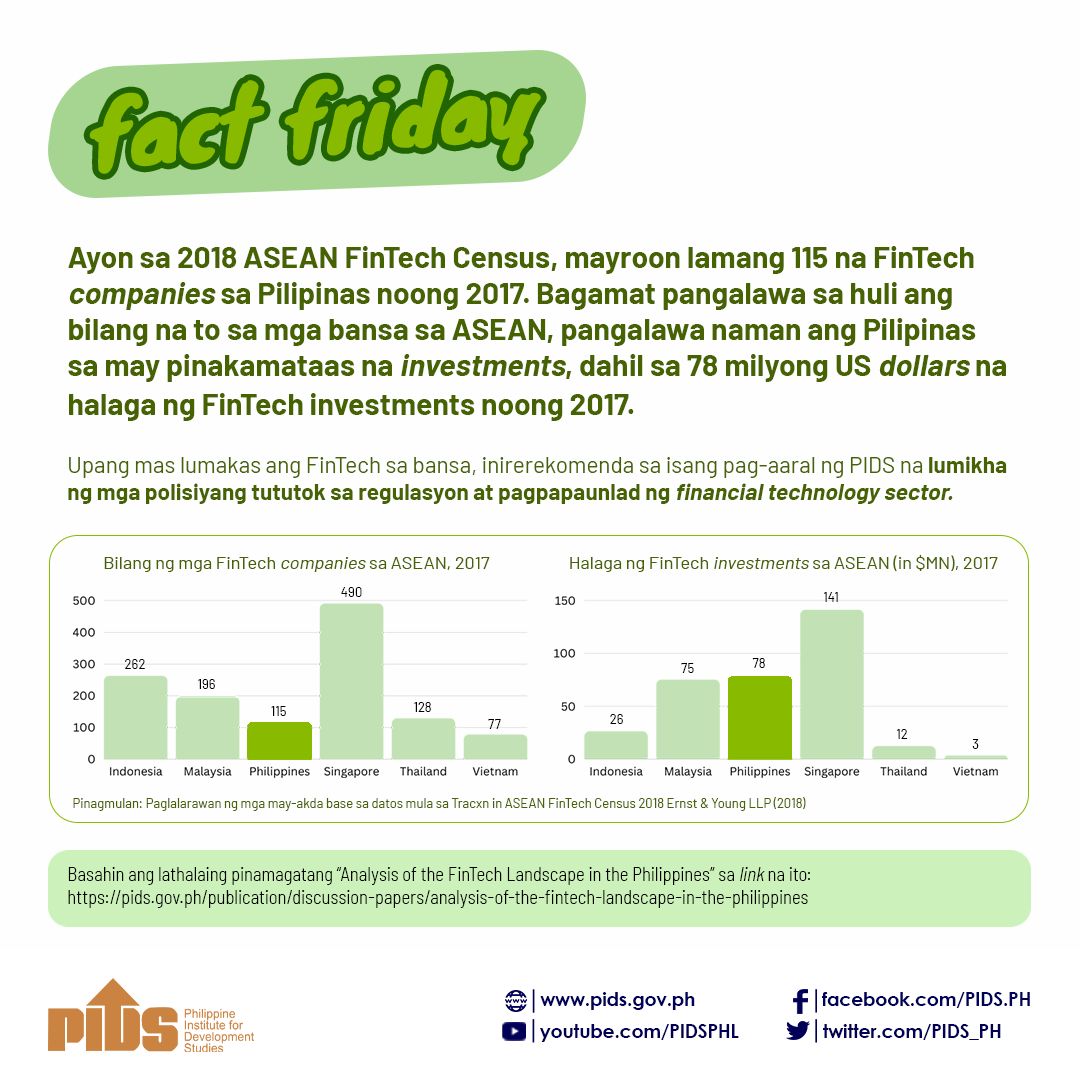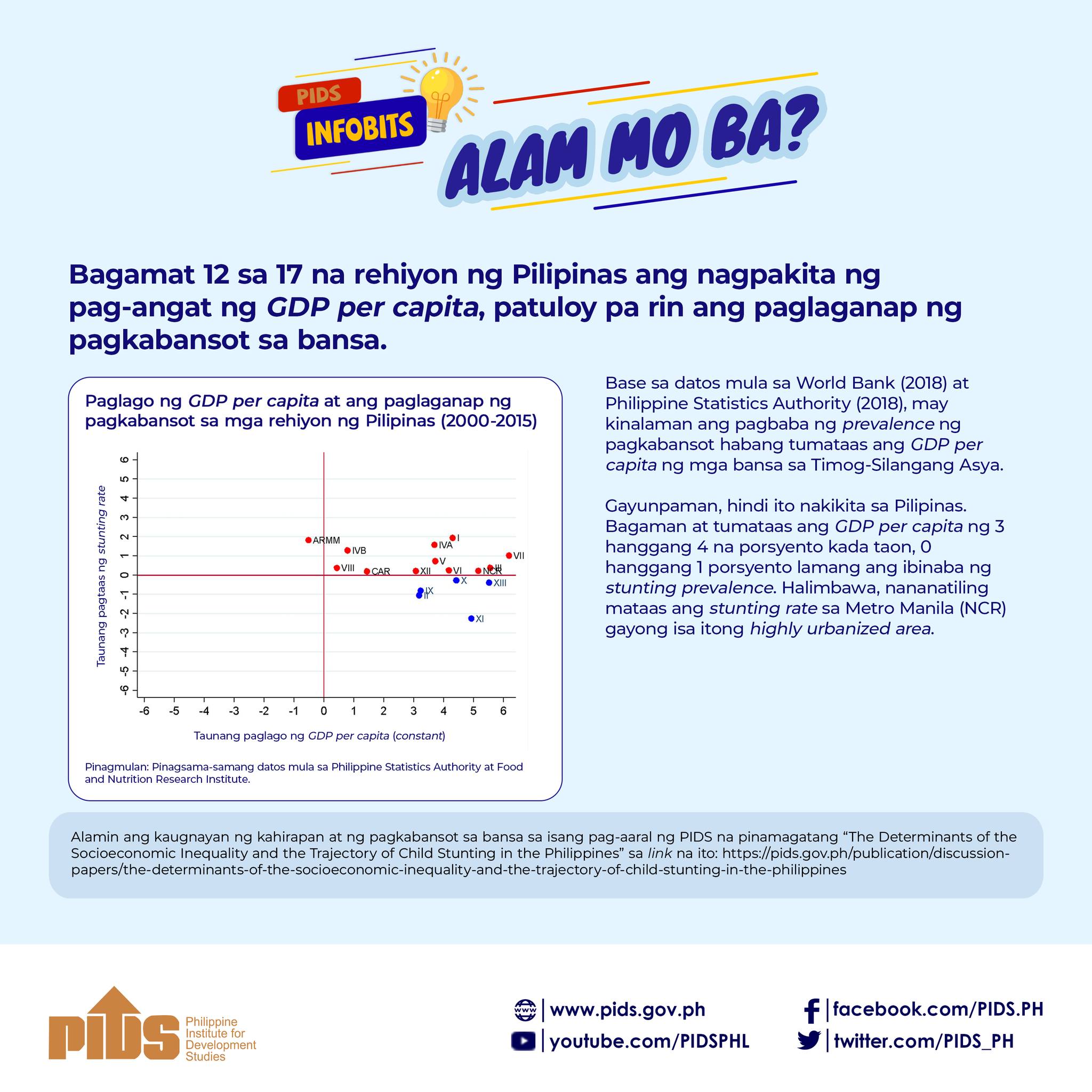About 130 million people in Southeast Asia lack access to electricity.
This was revealed by the Philippine Institute for Development Studies (PIDS) in a study by Dr. Adoracion Navarro, a senior research fellow of the Institute, Mr. Maxensius Tri Sambodo of Indonesian Institute of Sciences Economic Research Center, and Mr. Jessie Todoc, Philippines Country Manager of SEA Energy Access and Alternative Energy, International Copper Association Southeast Asia.
The authors noted that at least 228 million still rely on traditional biomass for cooking and lack access to clean and modern cooking facilities. Based on projections of the International Energy Agency (IEA), about 63 million of the ASEAN population will still have no electricity in 2030.
In the Philippines, 16 million of the population are without electricity. This problem also persists in Indonesia (63 million of its population), Myanmar (26 million), Cambodia (10 million), Thailand (8 million), Viet Nam (2 million), Lao PDR (2.2 million), and in Malaysia (200 thousand). Only Singapore and Brunei Darussalam have 100 percent electrification rate.
Lack of electricity access is much greater in rural areas than in urban areas. Improving the rural electrification ratio is a major challenge both at the national and regional levels considering the level of electricity access among the 10 ASEAN members.
The Philippines has a total electrification rate of 83 percent. Its urban electrification rate is 94 percent, which is 21 notches higher than its 73 percent rural electrification rate. Nevertheless, about half or 47 million people rely on traditional biomass for cooking.
The authors recommend linking the benefits from and strategies in ASEAN Energy Market Integration (AEMI) with the eradication of energy poverty in Southeast Asia. In particular, the investment requirements and financing options should consider the needs of the energy-poor. Energy market integration in the region should also contribute to the respective members’ national economic growth and development, where lack of access to modern energy services is one of the constraints. To achieve universal access to electricity by 2030, the ASEAN would need to invest about US$48 million.
ASEAN countries have to identify the types of technical solutions that are best suited for the types of demand when defining their sources of financing for energy poverty reduction, the authors added. These include on-grid connection extensions, mini-grid distribution systems, and off-grid electrification that can be financed by government budget, multilateral and bilateral official development assistance, and the private sector.
For more information, you may download the study through this link: http://dirp4.pids.gov.ph/webportal/CDN/PUBLICATIONS/pidsdps1350.pdf.
This was revealed by the Philippine Institute for Development Studies (PIDS) in a study by Dr. Adoracion Navarro, a senior research fellow of the Institute, Mr. Maxensius Tri Sambodo of Indonesian Institute of Sciences Economic Research Center, and Mr. Jessie Todoc, Philippines Country Manager of SEA Energy Access and Alternative Energy, International Copper Association Southeast Asia.
The authors noted that at least 228 million still rely on traditional biomass for cooking and lack access to clean and modern cooking facilities. Based on projections of the International Energy Agency (IEA), about 63 million of the ASEAN population will still have no electricity in 2030.
In the Philippines, 16 million of the population are without electricity. This problem also persists in Indonesia (63 million of its population), Myanmar (26 million), Cambodia (10 million), Thailand (8 million), Viet Nam (2 million), Lao PDR (2.2 million), and in Malaysia (200 thousand). Only Singapore and Brunei Darussalam have 100 percent electrification rate.
Lack of electricity access is much greater in rural areas than in urban areas. Improving the rural electrification ratio is a major challenge both at the national and regional levels considering the level of electricity access among the 10 ASEAN members.
The Philippines has a total electrification rate of 83 percent. Its urban electrification rate is 94 percent, which is 21 notches higher than its 73 percent rural electrification rate. Nevertheless, about half or 47 million people rely on traditional biomass for cooking.
The authors recommend linking the benefits from and strategies in ASEAN Energy Market Integration (AEMI) with the eradication of energy poverty in Southeast Asia. In particular, the investment requirements and financing options should consider the needs of the energy-poor. Energy market integration in the region should also contribute to the respective members’ national economic growth and development, where lack of access to modern energy services is one of the constraints. To achieve universal access to electricity by 2030, the ASEAN would need to invest about US$48 million.
ASEAN countries have to identify the types of technical solutions that are best suited for the types of demand when defining their sources of financing for energy poverty reduction, the authors added. These include on-grid connection extensions, mini-grid distribution systems, and off-grid electrification that can be financed by government budget, multilateral and bilateral official development assistance, and the private sector.
For more information, you may download the study through this link: http://dirp4.pids.gov.ph/webportal/CDN/PUBLICATIONS/pidsdps1350.pdf.

